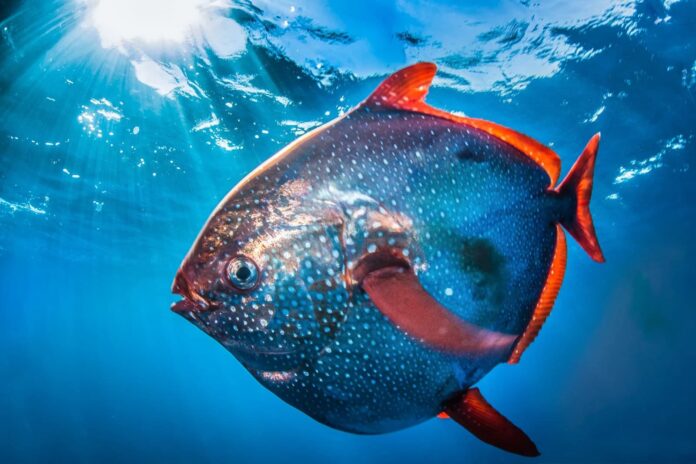Warm-blooded fish is unique because almost all fish species are cold-blooded, meaning they get their body temperature from the surrounding water. As for warm-blooded fish, they are able to generate heat and maintain their body temperature regardless of their surroundings. No matter if the water is cold or warm, the fish can still hold their body temperature without a problem. Warm-blooded is normal among birds and mammals in the wild. However, this care is rare for fish which is why there are only 5 of them in the list below.
1Great White Shark
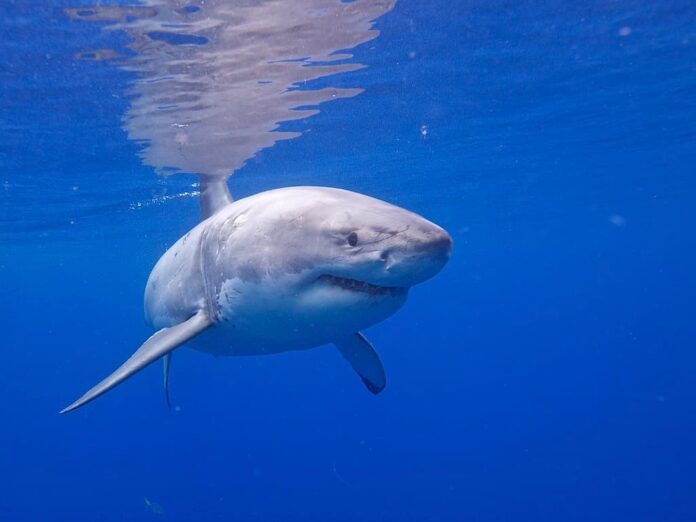
Apart from being one of the deadly predators, the great white sharks are also one of the rare warm-blooded fish. This shark species has a unique system in their bodies known as a “counter-current heat exchanger” that keeps their body warm. Even if the temperature around them is cold, they are still able to keep their bodies warm. The system generates heat from the long muscles down their body length to bursts their energy in cold environments. Simply put, great white sharks can raise their body temperature above the water temperature. This ability allows them to adapt to different water temperatures as they hunt warm-blooded marine mammals in deep water.
2Mackerel Shark
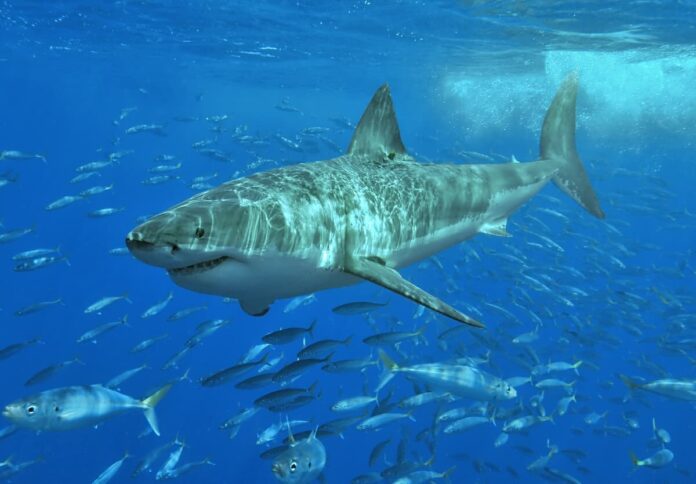
There are 5 members in the mackerel shark family including Longfin Mako, Shortfin Mako, Porbeagle Shark, Salmon Shark, and White Sharks. These 5 fishes are able to raise their internal body temperature above their surrounding environment by using a highly-developed blood vessel network. All of them have a special organ in their circulatory systems that allow them to retain heat generated as they swim.
Among the 5, salmon sharks are possibly the most warm-blooded sharks with their ability to maintain their body temperature around 25 degrees Celsius. Along with that, the mackerel sharks also have better speed and strength that give them more power. Such special ability also comes with a price as they need over 10 times more food than cold-blooded sharks of the same size. This is in order to maintain the warmth of their bodies in cold waters as they hunt.
3Opah
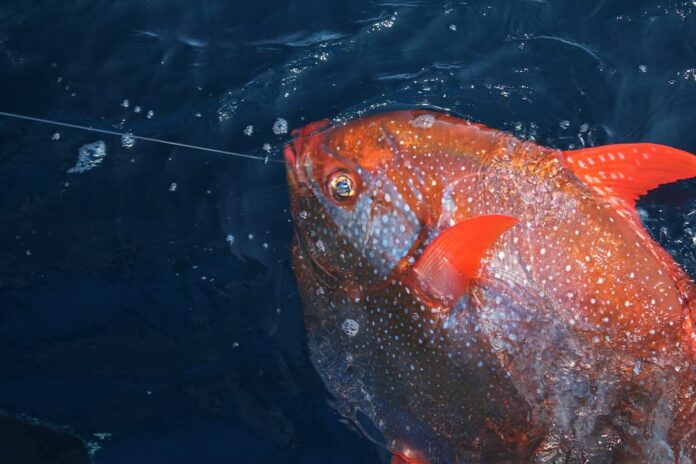
While most warm-blooded fish maintain their body temperature with the help of special systems, opah is the true and fully warm-blooded fish. Also known as moonfish, opah circulates heated blood throughout its body just like birds and mammals do. The moonfish’s retia mirabilia (complex of arteries and veins) locates within its gills. This simply allows the blood vessels to carry warm blood from the heart throughout the fish’s body. It also has large pectoral fins that generate heat to warm the rest of its body continuously. Plus with its thick layers of fat, its body can effectively insulate the gills, heart, and pectoral fin muscles from cold water. Thanks to the warm blood, these fish are one swift predators that can see better and swim faster than some.
4Thresher Shark

With the combination of blood vessel countercurrent exchange and slow oxidative muscles, thresher sharks are one among the few warm-blooded sharks. They are able to regulate their blood pressure internally to make sure that it is warmer than the surrounding waters. Just like other fish species, this rare ability helps them to use their muscles more efficiently. This simply makes thresher sharks to be one of agile hunters and quick swimmers in the marine territory. At the same time, being warm-blooded also allows them to survive on less food which is clearly an evolutionary advantage.
5Tuna
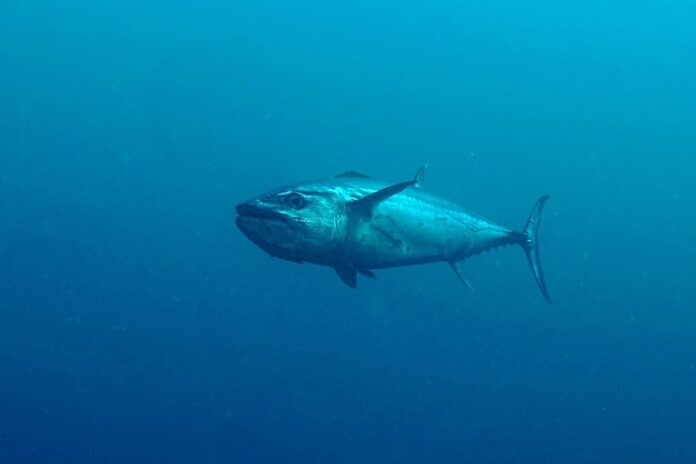
The Pacific bluefin tuna is the perfect example of a warm-blooded fish that has an amazing adaptation. A bit of their life, this tuna species embarks on a long journey from the Japan Sea to the California coast. This swimming expedition is over 8,000 kilometers (5,000 miles), across the entire Pacific Ocean. Along the route, the young Pacific bluefin tunas have to go through icy Arctic waters with temperatures as low as 9 degrees Celsius. This is where being warm-blooded helps them to adapt and survive their impressive traveling.
With the countercurrent heat exchange system, the warn veins are aligned so that the heat is passed from the veins to the arteries. So when the heat stays in the muscle, the body temperature of the fish itself also remains moderate despite the coldness. Besides keeping them alive in cold waters, the warm blood also gives them some extra speed. A bluefin tuna can accelerate up to 30 mph in a 10 seconds sprint which is impressive for a heavy fish.
Cold-Blooded vs. Warm-Blooded
Cold-Blooded Animals
Fish and reptiles get their body temperature from their surrounding environments, so their body temperature changes with external conditions. This is why snakes often bask in the sun on chilly days to charge their body temperature. The related term is “ectothermy”, meaning the organisms use external heat sources to regulate their body temperatures.
Warm-Blooded Animals
Birds and mammals (including people) can generally heat internally to maintain a relatively constant body temperature. The related term is “endothermy”, meaning the organisms generate their own heat to maintain their body temperatures.
Related Post: Fish That Can Live In Both Freshwater & Saltwater

